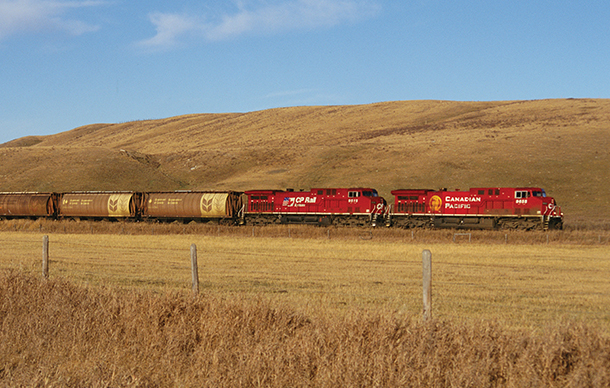Regina, Saskatchewan – Health Authority (SHA) CEO Scott Livingstone provides an update on the province’s response to the COVID-19 (coronavirus disease) pandemic.
He is joined via videoconference by his SHA colleagues Derek Miller (commander of the emergency operations centre) and Dr. Susan Shaw (chief medical officer).
Based on continued surges in COVID-19 cases, the Saskatchewan Health Authority (SHA) is moving forward with the next phase of its surge plan to meet the expected demand for COVID-19 patients in the next two weeks, including the required service slow downs to support the redeployment of up 600 full-time equivalent staff to support pandemic response.
The SHA’s goal remains to avoid a broad reduction of services across all areas in the health care system. Instead, working with our partners, the SHA is taking a targeted approach to minimize patient, client and resident impact while maximizing the ability to mobilize full-time staff to other areas.
Surge Plan
Highlights from the first phase of the surge plan being implemented include:
- Creating capacity for 64 COVID patients requiring ICU care by mid-December to try to keep pace with projected demand. This means creating capacity to meet demand that is equivalent to 28 per cent more ICU beds than currently exist right now in Saskatoon and Regina combined.
- Creating capacity for 250 COVID patients requiring inpatient hospitalization by mid-December to try to keep pace with projected growth in demand. This is approximately equivalent to the capacity of the Cypress Regional Hospital in Swift Current and the Prince Albert Victoria Hospital combined.
- Creating capacity for contact tracing of approximately 560 average cases per day to try to keep pace with projected growth in demand, including keeping pace with more than 6,000 hours of work per day created for contact tracers if cases reach this level by mid-December as projected.
- Strengthening the SHA’s supplemental labour pool to increase responsiveness to outbreaks and situations where large numbers of staff are required to isolate.
The SHA is reviewing surge plans every week to ensure each surge and any associated slow downs are as measured as possible to maintain an appropriate balance between the urgent needs of the pandemic response and the need for Saskatchewan residents to have access to every day health services.
Service Impact
“Surges of this scale and on this timeline necessitate service slow downs to enable redeployment of staff, otherwise more people will die from COVID-19 because we can’t get them the help they need and we can’t get out in front of the virus,” SHA CEO Scott Livingstone said. “We acknowledge that this will result in some Saskatchewan residents experiencing localized service slow downs in pockets across the province, that is why we are committed to making these efforts as time-limited and targeted as possible.”
Over the coming days, services will be affected at varying levels in various locations, depending on local plans and needs.
Services affected that will be slowing down include some primary health care services, elective surgeries in urban centres, endoscopy/cystoscopy procedures, Women and Children’s Programming, diagnostics, therapies, ambulatory care, registration resources, environmental and food and nutrition services, rehab services and home care services. It is critical to note that these services will still be available, just at reduced volumes or levels.
The scale of service slow downs range by location and service type. In the vast majority of cases, these slow downs are simply reducing service volumes to enable redeployment of staff. There are some limited exceptions where services will be temporarily paused. These are highly localized programs like dental programs, therapeutic and rehabilitation programs and active living programs. Notifications for local staff and key local stakeholders for these service pauses will occur in the coming days and will be communicated publicly once those have occurred.
These service changes will enable the SHA to redeploy up to 600 FTE staff to strengthen testing, contact tracing and to identify the health care workers necessary to expand hospital and ICU capacity to help keep COVID and non-COVID patients alive and ensure the SHA can provide the care they need.
“As we noted last week when we updated the public on our surge plans, if we don’t act now, the exponential growth of this virus will outpace our ability to scale up,” Livingstone said. “While we acknowledge that service slow downs will temporarily reduce access for Saskatchewan residents to some of their everyday health services, the alternative is for our health system to be overwhelmed and to risk our ability to provide critical lifesaving services to both COVID and non-COVID patients.”






